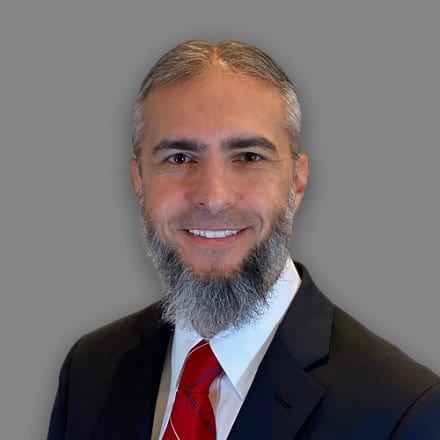Inside Angle
From 3M Health Information Systems
Recognizing radiologists: Celebrating International Day of Radiology
It’s 2 p.m. Sipping on my third coffee of the day. I sit in a dimly lit room as I persistently work my way through my never-ending worklist. I’ve read almost 100 cases since the beginning of my shift, but still expect another 20 to finish the worklist. Beyond the case reading, I have been asked to perform an urgent fluoroscopy (barium) study from an outpatient clinic. While putting on my lead apron, the CT technologist lines up behind the MR technologist, both with questions on how to protocol the afternoon’s complicated patients with unusual imaging scenarios. After finishing the barium fluoroscopy study, I return to my reading room to read a few more cases while the technologists prepare the fluoroscopy room for me to inject a shoulder joint arthrogram with contrast needed for the MRI study that is scheduled at 2:45 p.m.
This is a simple glimpse into the life of a chairman of radiology. Outsiders looking in can begin to understand that radiologists are more than just a person behind a screen, we are a fundamental and integral part of the care continuum. My quota today may be to read and sign off 120 cases, but to me, that equals 120 opportunities to improve the course of a patient’s treatment. It’s 120 instances for earlier detection of a life-threatening disease. It’s 120 moments where I can make a difference.
Today is Nov. 8. This date marks the 127th anniversary since the discovery of x-ray radiation by Wilhelm Roentgen. Every year on this day, medical imaging professionals celebrate International Day of Radiology. I celebrate today by taking a moment to honor my team and reflect on just how far technology has come since that momentous day in 1895.
The role of the radiologist is continuously evolving, thanks to the technology available to us to complete our daily worklists. The rise in case volumes in recent years due to the growing demand for imaging has certainly taken a toll on me and my team. But technology, such as artificial intelligence and machine learning, has enabled me and my team to have more opportunities to save more lives every day. Technologies like speech recognition software, that allow for faster, more accurate reading of reports have been instrumental in our workflow because it allow us to stay focused on the images while making accurate and efficient radiology reports more easily.
Mentoring our new hires while transitioning our retiring radiologists to part-time opportunities reflects my own evolving radiology career now entering its third decade. Maturing with this devoted team and introducing them to new technology enhanced workflows has been the highlight of my career. Gone are the days where coffee ruined film jackets. Now we simply replace a drowned keyboard.
Dr. Arif Kidwai serves as president for St. Johns Radiology Associates (SJRA).
The radiologists at Flagler Health+ Hospital giving us a glimpse into their daily workflow.
Dr. Travis Edelstein prepares to begin a radiology report.
Dr. Arif Kidwai using speech software to complete a neurology report.
Dr. Alexandra High using AI-powered radiology reporting software to easily dictate her report findings.
Dr. Edelstein prepares for a computed tomography (CT) exam.
Dr. High wears a lead apron to protect against x-ray radiation as she sets up the imaging scanner for an exam.







